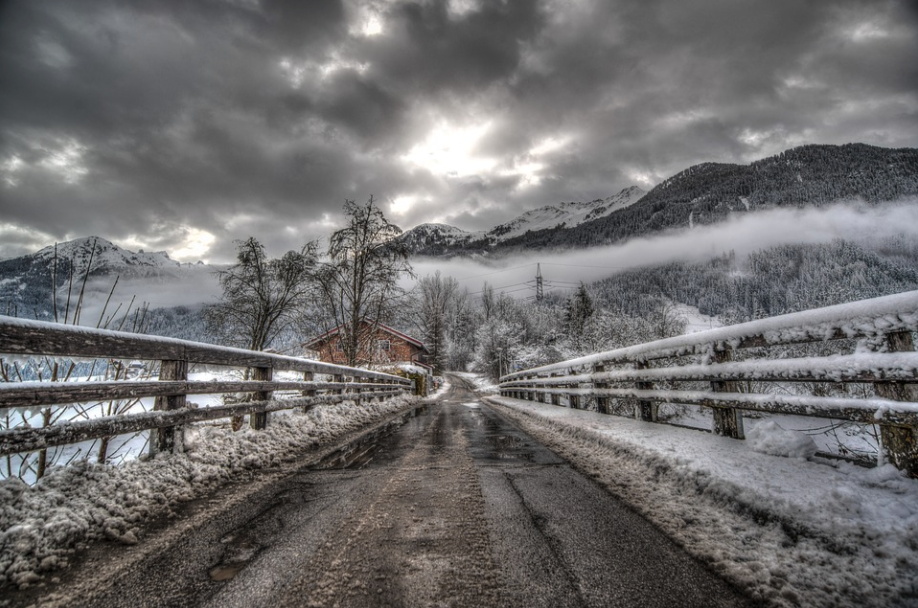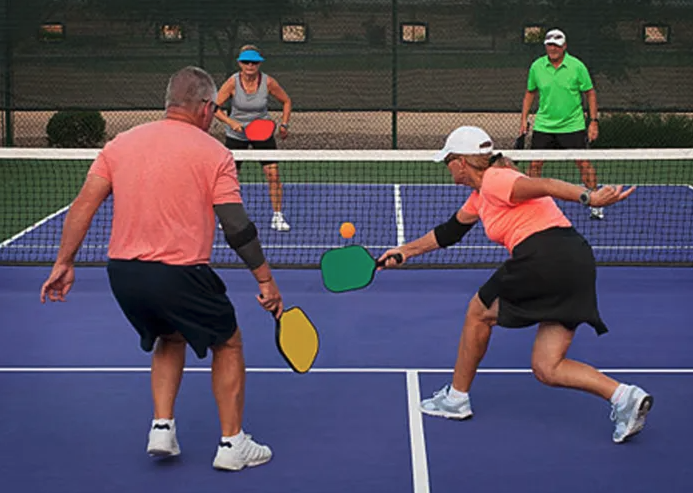Have you ever wondered if you are affected by the weather?

Growing up in Montana I feel a strong connection to the daily weather changes. I get a surge or loss of energy sometimes when the sun is at its peak or lacking. I also know a lot of people, like me, who start to feel lackluster when the days get shorter and the seasons change.
These people feel bouts of sadness at the loss of sunlight.
“I don’t get as much time in my garden,” they tell me. “And it’s too cold to go outside.”
SAD (Seasonal Affective Disorder)
When this happens, people may have more extreme mood changes which affects the person’s daily life. They may struggle to complete daily tasks or “get through the day.” This condition is called “Seasonal Affective Disorder” or SAD. This is a type of depression and should not be ignored.
Generally, most people who experience SAD have symptoms in the fall and winter and often feel better during the spring and summer. Here are some of the symptoms to look out for if you or someone you love is affected by this type of depression:
-
Depression feelings most of the day during this period of time
-
Loss of interest in activities the person use to love
-
Changes in weight or appetite
-
Trouble sleeping
-
Loss of energy and feeling sluggish or agitated
-
Feelings of hopelessness or worthlessness
-
Difficulty concentrating
-
Thoughts of death or suicide
-
Oversleeping
-
Weight gain
-
Social withdrawal
This condition is very common, especially in women. Many people don’t know they have this condition and may dismiss it and not seek help. Because who likes to complain when the sun is not out? Our society tends to reward people who can “suck it in”. But for some people it’s going to hit a lot harder.
For example, SAD is more common in people who live in Northern parts of the country such as Montana.
SAD is more common in people who suffer from depression or bipolar disorder. It is also common for this condition to run in families.
Why do we get SAD?

Scientists believe the main cause for people experiencing SAD is a reduced activity of serotonin which helps to regulate mood. There are also findings which suggest people with SAD may also have an overproduction of melatonin, which can cause feelings of being overly tired and a lack of energy. These imbalances of serotonin and melatonin makes it difficult for the person to regulate and adjust their sleep with the changing season.
If the person also engages in activities which drain the dopamine, then this will make the winters even more brutal.
Ways to help:
There are of course several things a person can do to help with SAD. Especially if they know they are vulnerable to its effects. A person can plan to work on these things before it takes a great affect on their mood:
Vitamin D
Many people with SAD have a lack of Vitamin D in their body due to reduced exposure to natural sunlight. Vitamin D helps the body to produce serotonin and helps increase positive mood. Make sure you start taking this vitamin supplement before you notice these effects of SAD.
You can go to your doctor and see where your levels are. Always ask your doctor before taking any vitamin, pill, or supplement.
Light therapy

This treatment has been used for people experiencing SAD since the 1980s. People who use this therapy sit in front of a bright light box every day for about 30-45 minutes usually in the morning. This may not be a useful treatment for those with eye conditions or those taking medications which could be affected by the light exposure. It can also sometimes be addictive – not surprisingly, since it can make people feel better.
Meditation
Some people have found meditation to be an effective way to manage their depression symptoms during the fall and winter months. This – for many people – helps with serotonin production to alleviate depression symptoms.
Sometimes meditating in a sauna can also help, especially in those cold months.
Regular exercise
Many people engage in less physical activity during the winter months and have a greater affect of SAD as a result. Finding ways to move your body indoors can be a great way to combat the sluggish feeling in your body. Yoga, or running on a treadmill can be great ways to get movement.
Pickle ball is also an excellent form of exercise that is highly social. You don’t see too many depressed people who are playing Pickle ball.

You may even want to use these months to start a winter sport such as skiing or snowshoeing. These activities may give you the opportunity to enjoy going outside.
Creating social engagements
Some people who suffer from SAD have found creating social obligations can have a really great effect on their mood and provide connection and relief. This could be a coffee date with a friend or starting a new club to learn something new.
Counseling
Research has found the negative thought patterns toward winter and colder months has a great effect on the person’s mood and increase depression symptoms. Some therapies such as Cognitive Behavioral Therapy or CBT has been helpful for changing negative thought patterns. There is also a CBT-SAD therapy which has been created specifically to help those who suffer from SAD.
It also helps to write a list of 10 fun activities that you enjoy, or might enjoy on the cold winter months that are up ahead!
At Sunflower Counseling we know how difficult it is to ask for help especially if this is your first time. If you are interested in feeling better this winter don’t hesitate to give us a call and set up an appointment.
